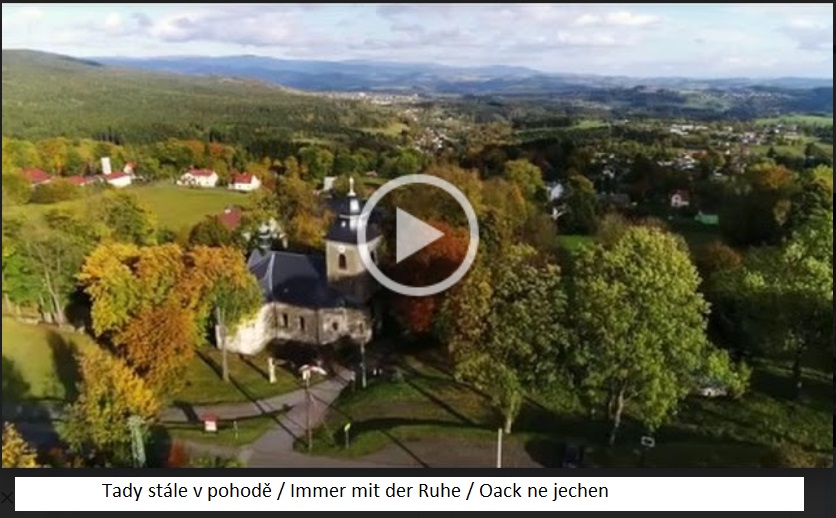Oybin Castle and Monastery in Oybin Zittau Mountains.
The romantic ruins of Oybin Castle and Monastery are probably the biggest tourist attraction of the Zittau Mountains and one of the most important monuments of the whole Lusatia. The ruins once guarded the only viable entrance to the top of the massive sandstone table mountain (514 m), rising about 100 m above the valley where the village of the same name is located. . The first mention of the castle is from the beginning of the 13th century. The territory then belonged to the Ronov family and to the countries of the Czech crown. The royal property became the castle and its surroundings under John of Luxembourg. Spectacular development occurred during the reign of Charles IV, who built a beautiful monastery and solid castle.
The oldest proven settlement of Jeale dates back to the Bronze Age, probably from the 11th century BC. At that time, probably the first fortification of the hill was established, which is also evidenced by the findings of several forms for casting bronze products - axes, rings and arrowheads.
Nevertheless, the magnificent reconstruction from the time of Charles wiped out almost entirely of any older building.
During the reign of Charles IV, the imperial palace was established, and later a Celestine monastery. During the following years a new monastery church was built, which bears the characteristic features of the Prague Parléřov smelter. After his completion on November 6, 1384, he consecrated him in honor of the Holy Spirit, the Virgin Mary, St. Wenceslas and St. Celestine Prague Archbishop Jan of Jenstejn.
During the Hussite wars, the castle served as a safe deposit box for storing relics taken from the Hussites in Prague. Although the Hussites attacked the castle, they failed to conquer it. In the 16th century the monastery flourished, because under the influence of the Reformation, no more monks entered it. In September 1555 the last Prior Christoph Uthmann died and only one monk Gottschalck remained in the monastery. The Jesuits, who eventually also left the monastery, were not doing better. In 1574 Zittau bought the castle with the monastery and adjacent land, but the castle was not used again. In a great storm on March 24, 1577, he was lightened by lightning and almost the entire area was destroyed by fire. It was no longer restored and the ruins slowly deteriorated. On May 14, 1681, the collapse of a large rock contributed to the destruction. Further damage occurred during the later mining of stone in the lower part of the castle.
Until the end of the 18th century the castle was an overgrown ruin. Only the interest of the romantic painters Carl Gustav Carus and Later Caspar David Friedrich led to the awakening of interest in this building. In 1883 Alfred Moschkau created a museum here. He also encouraged the construction of a narrow-gauge railway, which has become an important tourist magnet for the whole area. You can use the narrow-gauge railway from Zittau to Oybina or to Jonsdor with steam traffic to this day.







